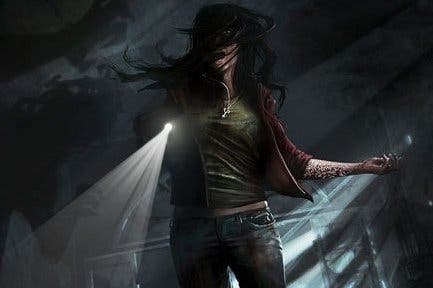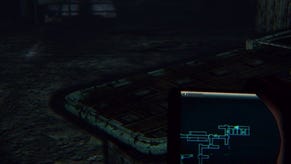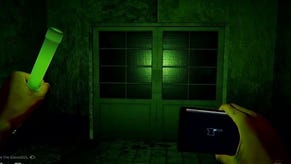Performance Analysis: Daylight on PS4 and PC
Digital Foundry compares both versions of Unreal Engine 4's gaming debut.
Survival horror release Daylight has the honour of being the first PS4 game to use Unreal Engine 4, also carrying the onerous burden of showing how next-gen consoles might take to the technology, giving us our first opportunity to stack up a UE4 console release with its PC stablemate. Released as a digital download, Zombie Studios forges a terrifying experience by procedurally generating a maze of hospital corridors and prison cells for a player to explore. It's deliberately minimalist in detail, and every turn is engulfed in shadow - but even with this simple setup we find the PS4 version struggling to match PC in several aspects.
Each playthrough is defined by a unique mish-mash of building blocks. Corridor layouts are randomised to stave off familiarity, and texture and object placements in each room are remixed at a micro-level - each peppered by jump-scare events like a toppling chest of drawers, or bathroom doors slamming shut. Most of this happens towards the edges of your (limited) field of view, and in the tradition of the excellent Amnesia: The Dark Descent, the more that's left to the sound design, the more tension begins to ratchet up.
The randomised nature of the game ensures that a standard Digital Foundry Face-Off with all the trimmings is off the table but after a short session of performance testing on PS4 and two PC configurations, it's clear that Daylight isn't the most flattering example of Epic Games' new technology. We count a full 1920x1080 native resolution on PS4, with post-processing AA to help the effort. But rather than subdue the remaining stair-stepping on high-contrast edges, jaggies are instead amplified with eerie post-effects - such as a distortion filter which splits each edge into a rainbow-sequence of red, green and blue.
Before we tackle PS4 performance, there are a few obvious cutbacks on the visual front compared to PC. First up, texture filtering is noticeably worse on the Sony platform, missing out on the anisotropic filtering seen on PC. It's unusual to see a well-lit floor, but by comparison details appear as a blurred smudge on the distance for the console version. Thankfully, actual texture quality is largely like-for-like between the two versions (there's no texture quality toggle on PC) - and the same goes for alpha buffers used for fire or flare smoke.

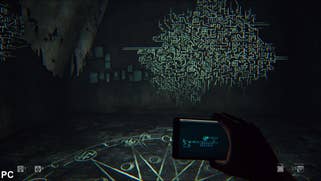
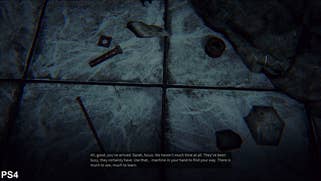

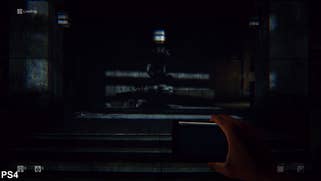
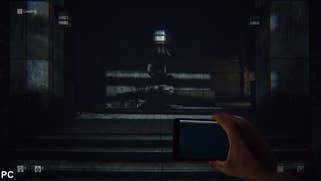

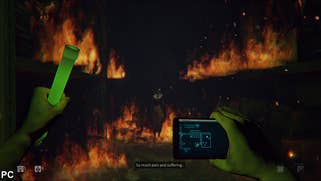


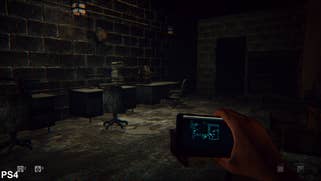
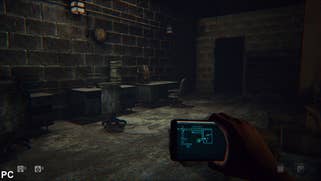
But the PC has a few other atmospheric tricks up its sleeve including a bokeh depth-of-field effect and cloth physics for rags strewn across trolleys, or ripped ward curtains. These moving elements add hugely to the ambience of each area, and their absence leaves the PS4 version feeling somewhat static in comparison. Nvidia GPU owners are also promised a bonus smoke effect, appearing in billows as you burst through each door. Curiously, even with Nvidia drivers updated to the latest version 335.23, as of writing this option isn't available in the game's menus - and even with everything maxed out doesn't appear as it does in earlier demos.
Other PC settings include quality options for lighting, shadows, and post-process anti-aliasing, plus a toggle for standard depth-of-field. From these tweakables, it's only shadow quality that takes a cut on PS4, with shadows projected from lamplights not falling into place. There's also a resolution upscaling feature on PC, which according to a quick pixel-count based on a 1080p output, allows the internal renderer to operate at around 900p, 768p and lower before outputting at your monitor's preferred resolution - a massive performance saver for less capable GPUs.
Speaking of performance, despite missing out on many perks, the PS4 still struggles to even lock down 30fps at points. In the very first hub area we get easily repeatable stutters to 0fps, resulting from auto-saving and background level streaming (the fps counter in the video below updates at the beginning and end of the dip, so you don't see a 0fps update but we can confirm 70 duplicate frames there). The majority of the game is better than that, but fluctuations between 30-40fps still leave the game's controls feeling very off-kilter, with spikes to well over 130ms in frame-time obviously having a substantial impact on controller latency. Given the power of the PS4's GPU we expected much, much better from Unreal Engine 4 - and with so much of the world obscured anyway, we're barely seeing the visual pay-off.
"Daylight generally operates in the 30-40fps range on PS4, but frame-pacing is a real issue - there's little consistency in the game's update."
PC performance is hardly better. Slotted into a test rig equipped with an Intel i7-3770K processor clocked at 4.3GHz per core, with 16GB of DDR3 RAM, a lower-end card like the HD 7790 gives very poor returns. In fact, we get a permanent 20fps reading from the card while playing at full 1080p with all settings maxed out and v-sync active, which is hard to believe given the visual quality is hardly cutting-edge.
To bring performance back up to PS4-levels, we need to scale down lighting, shadow, and resolution upscale settings to medium (circa 768p), which results in a variable 40fps performance overall. But for the locked 60fps holy grail, the only way forward is to drop this resolution upscale option all the way to very low, pushing out the blurriest image possible. Playing this way is far from recommended - a £220 price-tag for the Nvidia GTX 770 being necessary for true 1080p60 play - but even then the major hub areas slow down to 50fps.
Overall, it's clear that Daylight isn't a smooth experience for either PS4 or higher-end PCs, nor one which comes close to the splendour of the Unreal Engine 4's effects-heavy Elemental demo. Frame-rates are disappointingly low in places given how little is actually being rendered on-screen, pointing towards a poorly optimised game rather than an inherently sluggish engine. In its defence, Daylight's use of procedurally generated levels is an unusual twist that generally pays off - and as the 7/10 Eurogamer review explains, this is a genuinely creepy, disturbing game, but as a sample of Epic Games' latest tech, we're still left wanting in terms of witnessing what the new consoles are truly capable of.
